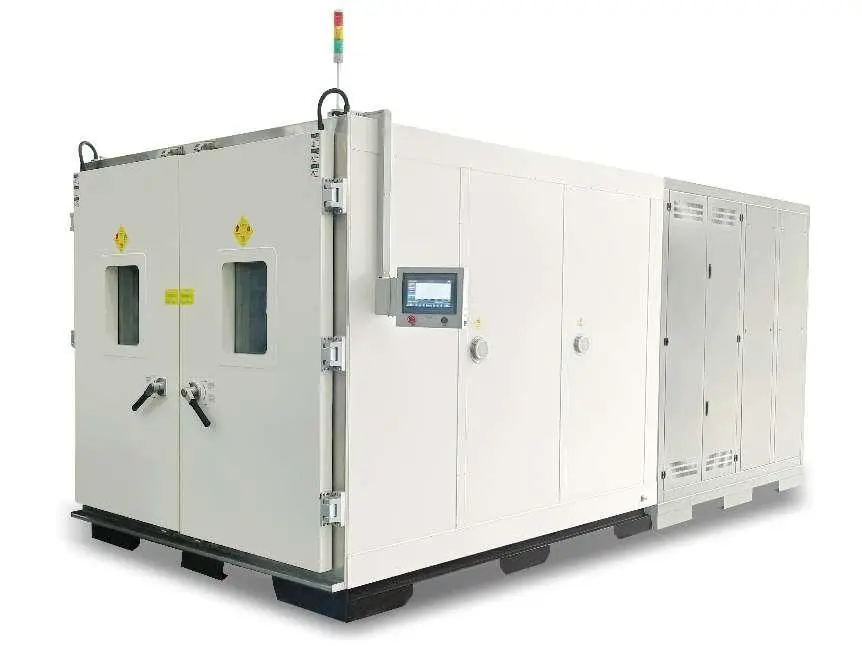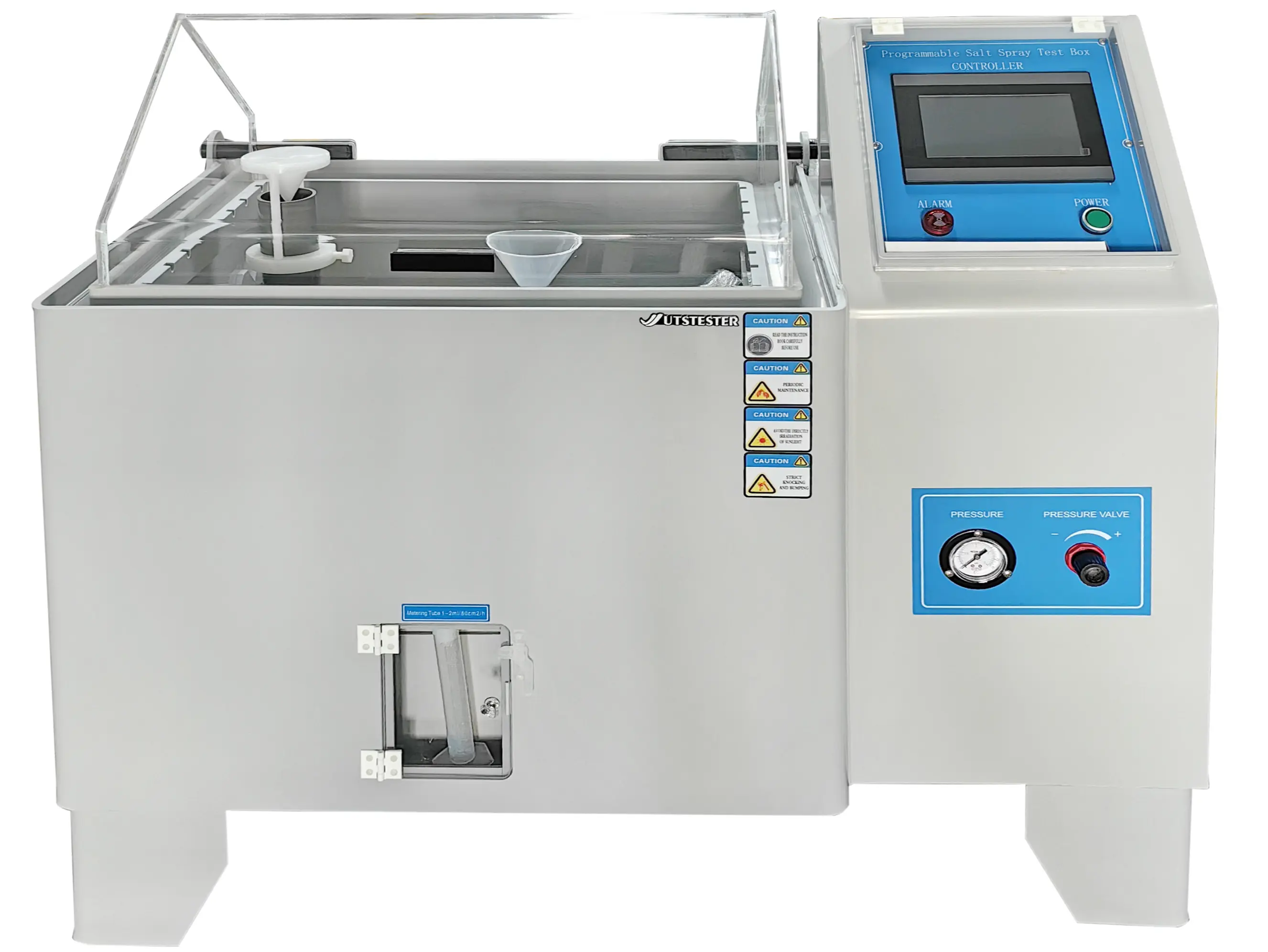0102030405
The Importance of Thermal Shock Testing for Electronic and Mechanical Products
2025-08-28
With the continuous development of electronic technology, electronic products are becoming increasingly prevalent in our daily lives. Ensuring the quality and reliability of electronic products has become a focus of social attention. Thermal shock testing is an indispensable part of reliability testing for electronic products.

1.What is high and low temperature shock testing?
High and low temperature shock testing refers to shock testing of electronic products under extreme temperatures to test their reliability in extreme temperature environments. Generally, the high temperature test temperature is 85°C or 100°C, and the low temperature test temperature is 40°C or 55°C. This testing method can simulate problems encountered by electronic products in extreme environments, such as thermal expansion and contraction, temperature changes, structural deformation, thermal stress, and so on.

2. Which electronic and mechanical products require high-low temperature shock testing?
(1) Automotive electronic products: With the development of automotive electronics, the number of automotive electronic products has increased significantly, such as engine controllers, body control systems, navigation systems, and so on. Automotive electronic products typically operate in harsh environments and must withstand prolonged exposure to high temperatures, low temperatures, vibrations, humidity, and other environmental factors. Therefore, high-low temperature shock testing is required.
(2) Communication equipment: Communication equipment primarily includes mobile phones, telecommunication devices, network equipment, and so on. Since communication equipment is used frequently and operates in various environments year-round, such as outdoor high-temperature, low-temperature, and humid environments, it requires high-low temperature shock testing.
(3) Home appliances Home appliances include televisions, refrigerators, washing machines, air conditioners, and more. These products typically require prolonged exposure to mechanical and electromagnetic environments to achieve optimal performance, so they also require high-low temperature shock testing.
3. Standards and scope of high and low temperature shock testing The standards and scope of high and low temperature shock testing are very broad, and the main standards involved include GB/T2423.1 2008, GB/T2423.2 2008, GB/T2423.22 2008, GB/T2423.34-2005, MIL-STD-810F, IEC 68-2-14, etc.
The scope of high-low temperature shock testing includes the following aspects:
(1) High-temperature shock testing: Typically at 85°C or 100°C, with a duration of 30 to 120 minutes;
(2) Low-temperature shock testing: Typically at 40°C or 55°C, with a duration of 30 to 120 minutes;
(3) Temperature change rate: Typically at 5°C/min, meeting the requirements for the maximum temperature change range.
4. Advantages of High-Low Temperature Shock Testing High-low temperature shock testing not only helps companies identify defects in electronic products but also improves product quality and reliability. Specifically, the following advantages can be achieved:
(1) Ensuring product reliability: Through high-low temperature shock testing, issues that may arise under extreme temperatures can be simulated, and corresponding measures can be taken to improve them, thereby ensuring the reliability and stability of the product.
(2) Shortening the product development cycle Through high-low temperature shock testing, defects in products can be identified early, accelerating product improvements and upgrades, thereby shortening the product development cycle.
(3) Enhancing product market competitiveness Through high-low temperature shock testing, product reliability and stability can be improved, thereby enhancing product market competitiveness and increasing market share.
5. Conclusion In summary, high and low temperature shock testing plays a significant role in the quality and reliability of electronic products. For electronic products in different fields, it is necessary to establish corresponding testing standards and scope, and conduct high and low temperature shock testing on the products. Through high and low temperature shock testing, potential defects in product design and manufacturing can be identified, ensuring their safety and reliability under extreme temperature changes.






 Home
Home











